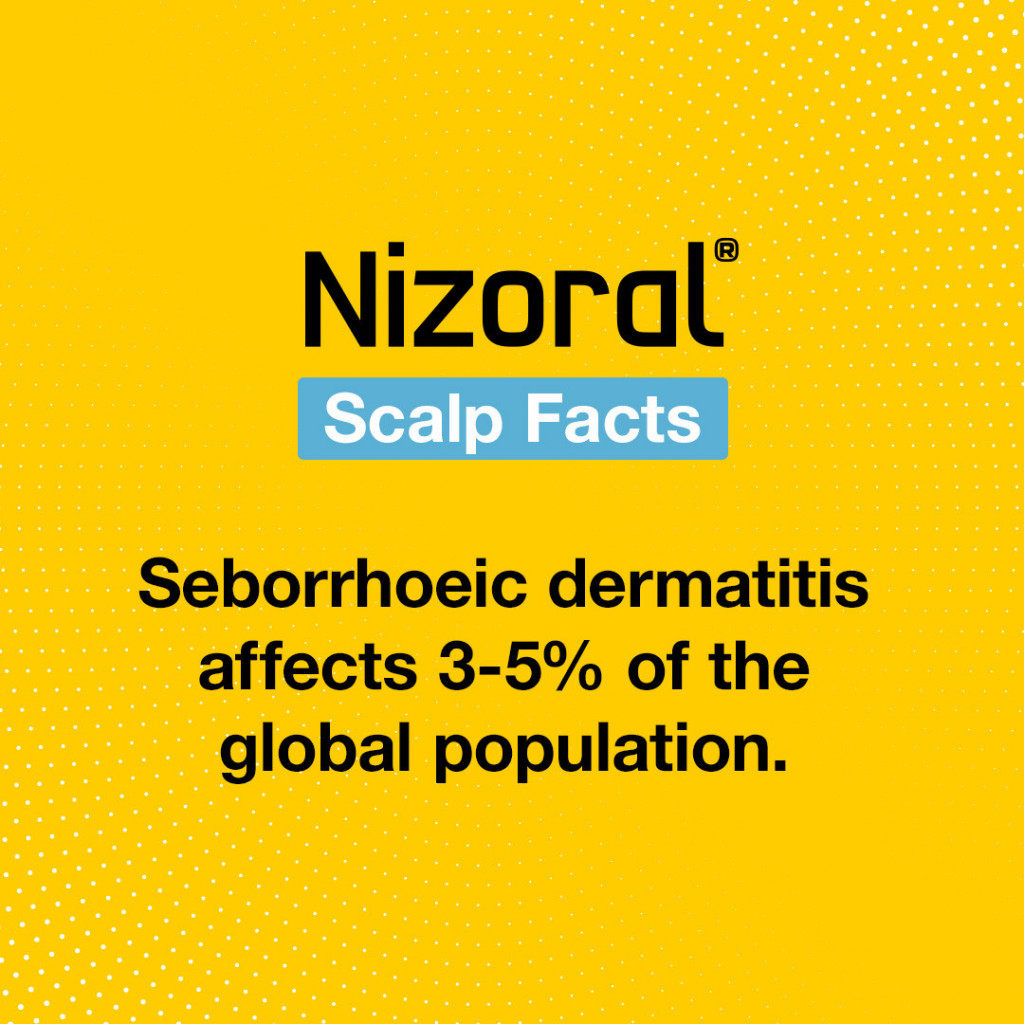The problem with dandruff, which every second person knows, is visible and therefore unpleasant. In milder forms, it can be alleviated by using home remedies and appropriate hair products, dietary modifications, and lifestyle changes. But what to do if the dandruff flakes are very large, really numerous, persistently itchy, and socially intolerable?
How does dandruff in the hair arise?

Dandruff on the scalp and elsewhere on the scalp and elsewhere (in the eyebrows or on the chest) can be explained by two causes. If you observe flakes or scabs on the scalp, it is important to determine whether it is dry or oily dandruff. Their appearance will give you a clue to what is causing the problem, and this will help in their treatment.
Dry dandruff
Dry dandruff is very common in the case of people with dry scalp . This is the most common type of dandruff, and it is sparse, dry and whitish, looks like white powder, does not stick to the scalp and therefore falls often on clothes and on the shoulders.

Oily dandruff – a symptom of seborrheic dermatitis
On the other hand, seborrheic dermatitis is characterized by oily and big dandruff flakes that remain stuck to the scalp and hair. The causes of seborrhea can be varied, with the following being to blame:
- Genetics,
- hormonal imbalances,
- stress and fatigue,
- neurological disorders,
- gastrointestinal problems,
- climate change,
- air pollution,
- B vitamin deficiencies,
- colonization of the scalp by the lipophilic yeast Malassezia.
Extreme dandruff treatment
Large dandruff flakes on scalp can be related to two common diseases: a more serious form of seborrheic dermatitis or psoriasis.
- In the case of seborrheic dermatitis, the scales are caused by the Malassezia yeast-like fungus.
- Psoriasis is not caused by fungal proliferation but is rather a condition related to a genetic predisposition that manifests itself due to environmental influences.

The scalp normally regenerates every 21 days. In some cases, however, cell regeneration cycles last only five to seven days. These accelerated cycles are caused by seborrheic dermatitis on the scalp, which is often aggravated by the proliferation of the Malassezia furfur fungus. The scalp can then become irritated, itchy, and full of dead skin cells as a result.
Treatment of seborrheic dermatitis requires patience and time. Treatment will most likely need to be repeated, as there is a risk of recurrence. For the treatment of severe dandruff, anti-fungal medicated shampoos from the pharmacy are recommended.
Ketoconazole should be applied at the time when a larger amount of big stubborn dandruff flakes is forming, as they will help their flaking. Antifungals are effective against Malassezia, bringing relief from dandruff development and itching. A 2% Ketoconazole shampoo is recommended to normalize excessive sebaceous gland activity .

For seborrhea, try Nizoral – treatment shampoo from the pharmacy
Due to chronicity and the propensity to relapses, treatment of seborrhea is long-term, and each patient requires an individual daily scalp care regime. The choice of a particular shampoo or product depends mainly on the intensity of the problem. There are many anti-seborrheic shampoos available in pharmacies with different active ingredients or combinations, while only some of them are registered as medicines, e.g., Nizoral.
Nizoral 2% shampoo is the #1 medicinal product for the treatment of dandruff in Europe, It is usually recommended to use initially 2 times a week for up to one month. The foam produced by the shampoo should be thoroughly rubbed into the moistened hair and left in contact with the scalp for 3-10 minutes, after which the shampoo is washed off with water. If there is a noticeable response, it is later used once a week or once every 14 days as a prevention . Also importantly use Expert Daily Care shampoo to be used in-between treatment sessions in order to prevent flare ups.
With psoriasis, see a dermatologist
An even more serious problem is psoriasis, the treatment of which belongs to a specialist. Psoriasis is characterized by thick, clearly defined patches, especially on the edge of the scalp. These spots are round or oval, reddened and have scales on them. The scales vary in size and can cover the entire scalp. They are white, dry, and particularly sticky. They are usually accompanied by intense itching.
Genetic predispositions, stress, certain infections, and the use of certain medications may be involved in the development of psoriasis. Psoriasis is usually treated with prescription medications according to individual needs.








